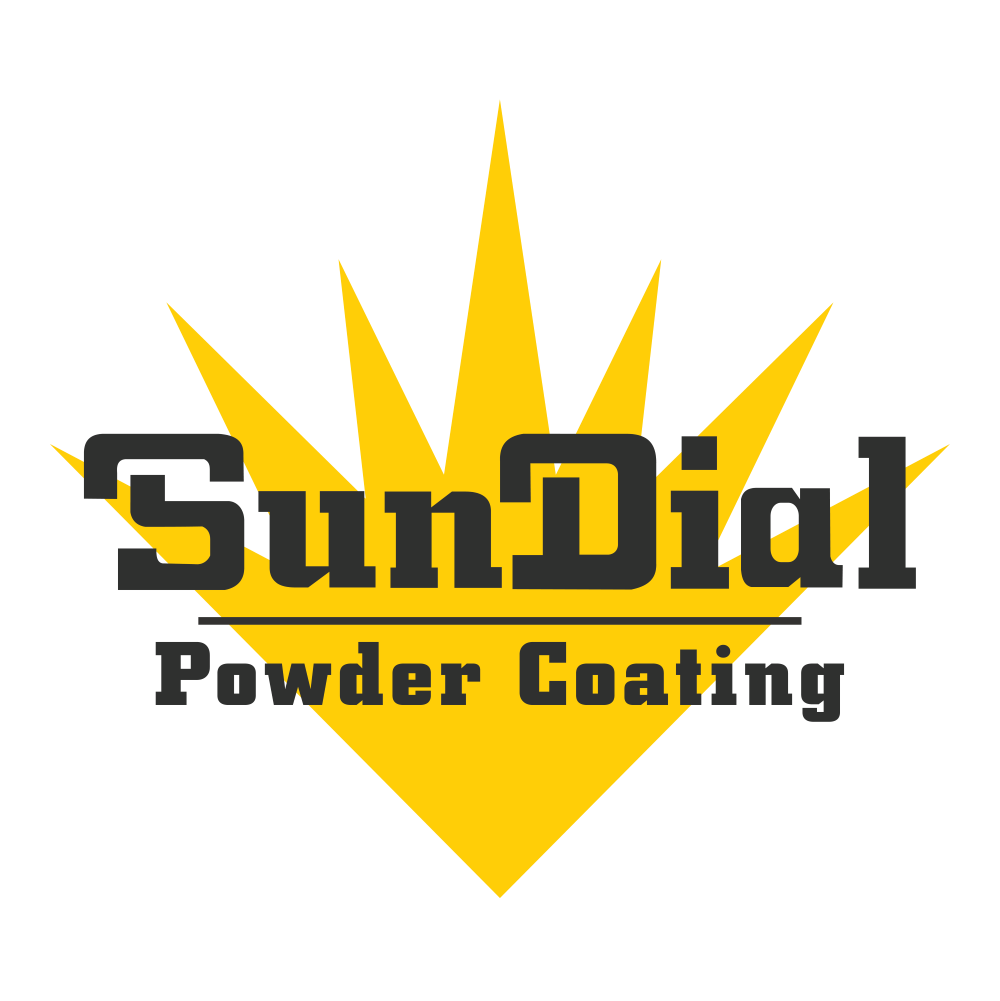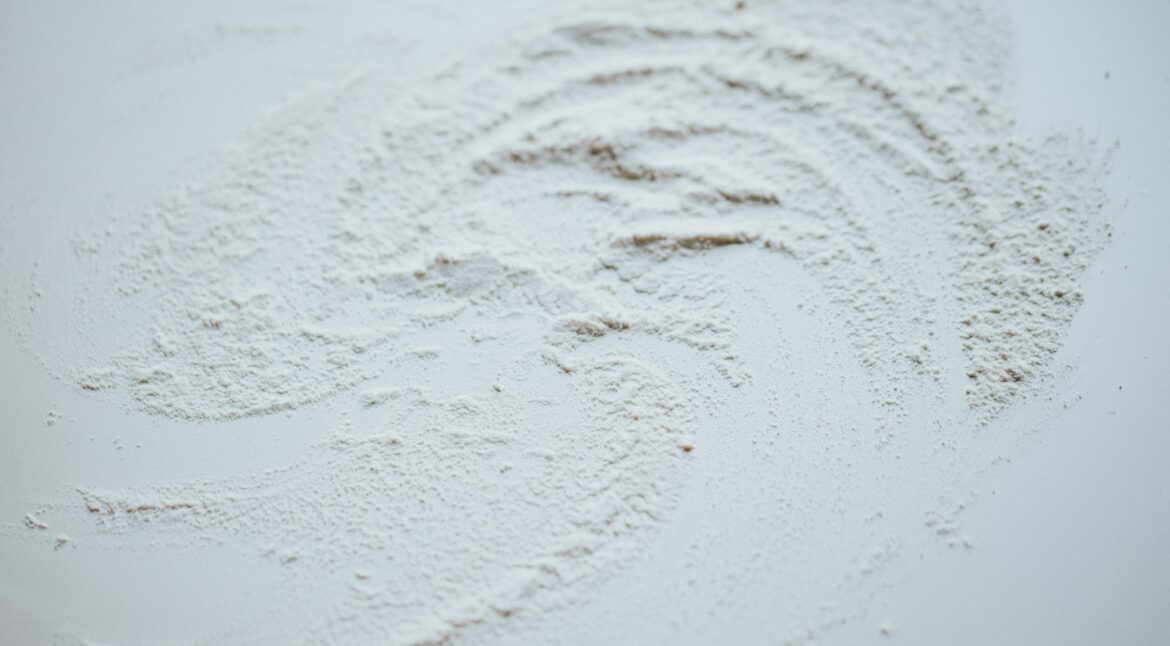Interior Powder Coating Is Safer Than Paint: A Technical Perspective
In the realm of interior design, the selection of suitable coatings is a crucial decision that impacts both aesthetic appeal and durability. While traditional paint has long been the go-to option for enhancing interior surfaces, recent developments in surface treatment technology have introduced an alternative that offers superior safety and performance: interior powder coating. This article aims to provide a technical analysis of why interior powder coating is a safer choice compared to paint, shedding light on its composition, application process, and noteworthy attributes. By delving into the intricacies of this innovative coating solution, readers will gain a comprehensive understanding of its benefits, ultimately empowering them to make informed decisions regarding interior surface treatments.
Table of Contents
- Benefits of Interior Powder Coating over Paint
- Comparing Safety Measures in Interior Powder Coating and Paint Application
- Insights into the Chemical Composition and Properties of Interior Powder Coating
- Recommendations for a Safer Interior Coating Option
- Q&A
- Closing Remarks
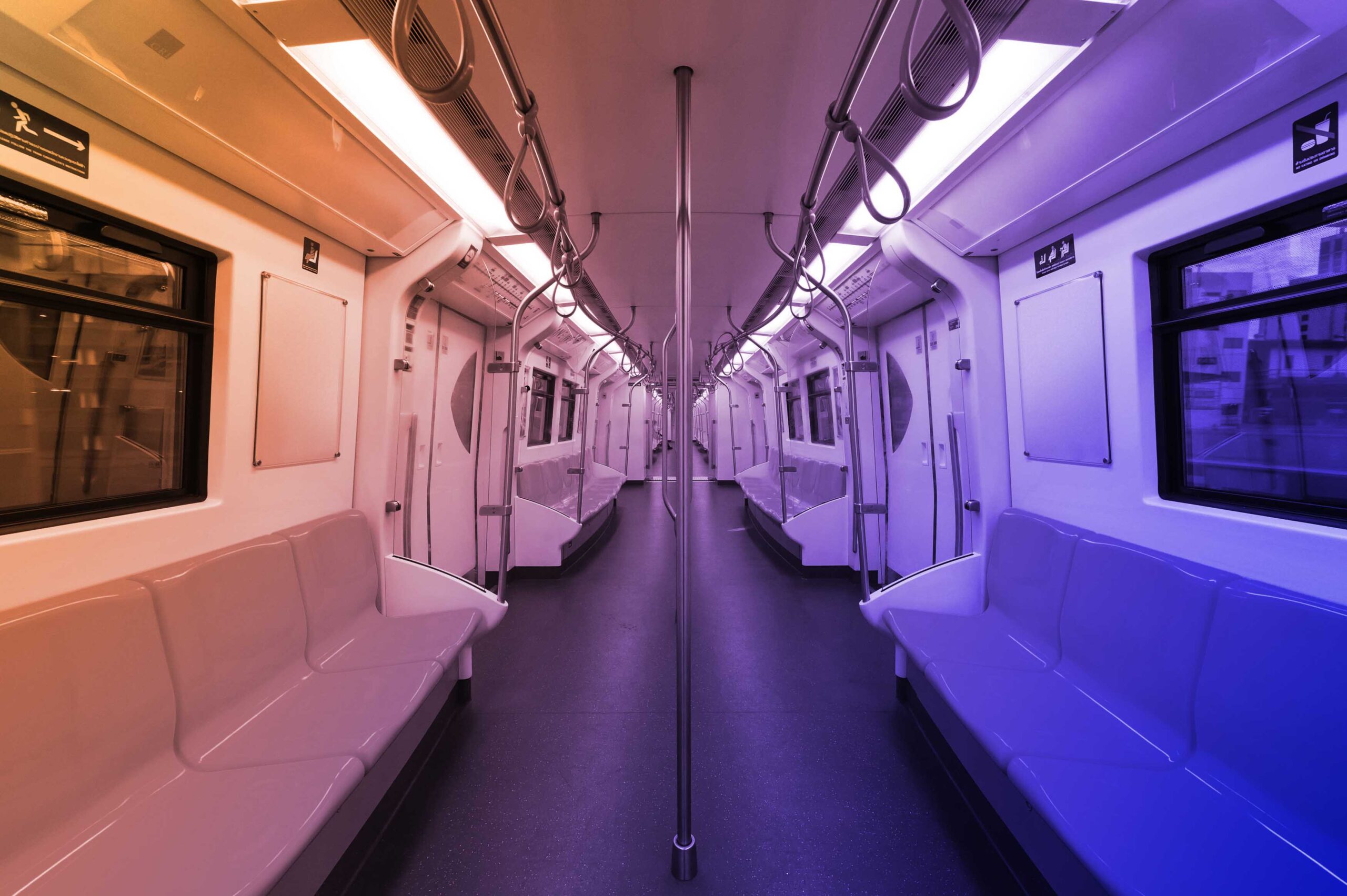
Benefits of Interior Powder Coating over Paint
When it comes to interior design, experimenting with different finishes and coatings can make all the difference. One such option that stands out from the rest is interior powder coating. This versatile and innovative coating offers a plethora of benefits over traditional paint, making it a popular choice among interior designers and homeowners alike.
- Durability: Unlike paint, powder coating forms a tough and resilient finish that can withstand daily wear and tear. It is resistant to chipping, scratching, and fading, ensuring that your interior surfaces maintain their stunning appearance for years to come.
- Customizability: Powder coating provides endless possibilities in terms of color, texture, and finish. You can easily achieve various effects such as matte, glossy, metallic, or textured, allowing you to create a unique and personalized interior aesthetic. The wide range of colors and finishes available make it a breeze to match your existing decor or explore new design directions.
- Environmental Friendliness: If you are conscious about the environment, you’ll be pleased to know that powder coating is an eco-friendly choice. Most powders used for coating are free from volatile organic compounds (VOCs) and toxic chemicals, reducing harmful emissions during the application process. Furthermore, the overspray can be collected and reused, minimizing waste and promoting sustainability.
- Uniform Coverage: Powder coating penetrates and adheres to surfaces evenly, leaving no brush marks or streaks behind. This provides a seamless and professional finish that enhances the overall appearance of your interior spaces.
- Ease of Maintenance: One of the standout benefits of powder coating is its low maintenance requirements. The smooth, non-porous surface resists stains and is effortless to clean. Regular dusting and occasional wiping with a mild detergent are typically all that is needed to keep your surfaces looking immaculate.
In conclusion, interior powder coating surpasses traditional paint thanks to its extraordinary durability, versatility, environmental benefits, even coverage, and minimal maintenance needs. Whether you are revamping your home or designing a commercial space, powder coating can be the perfect choice for achieving a visually stunning and long-lasting interior.
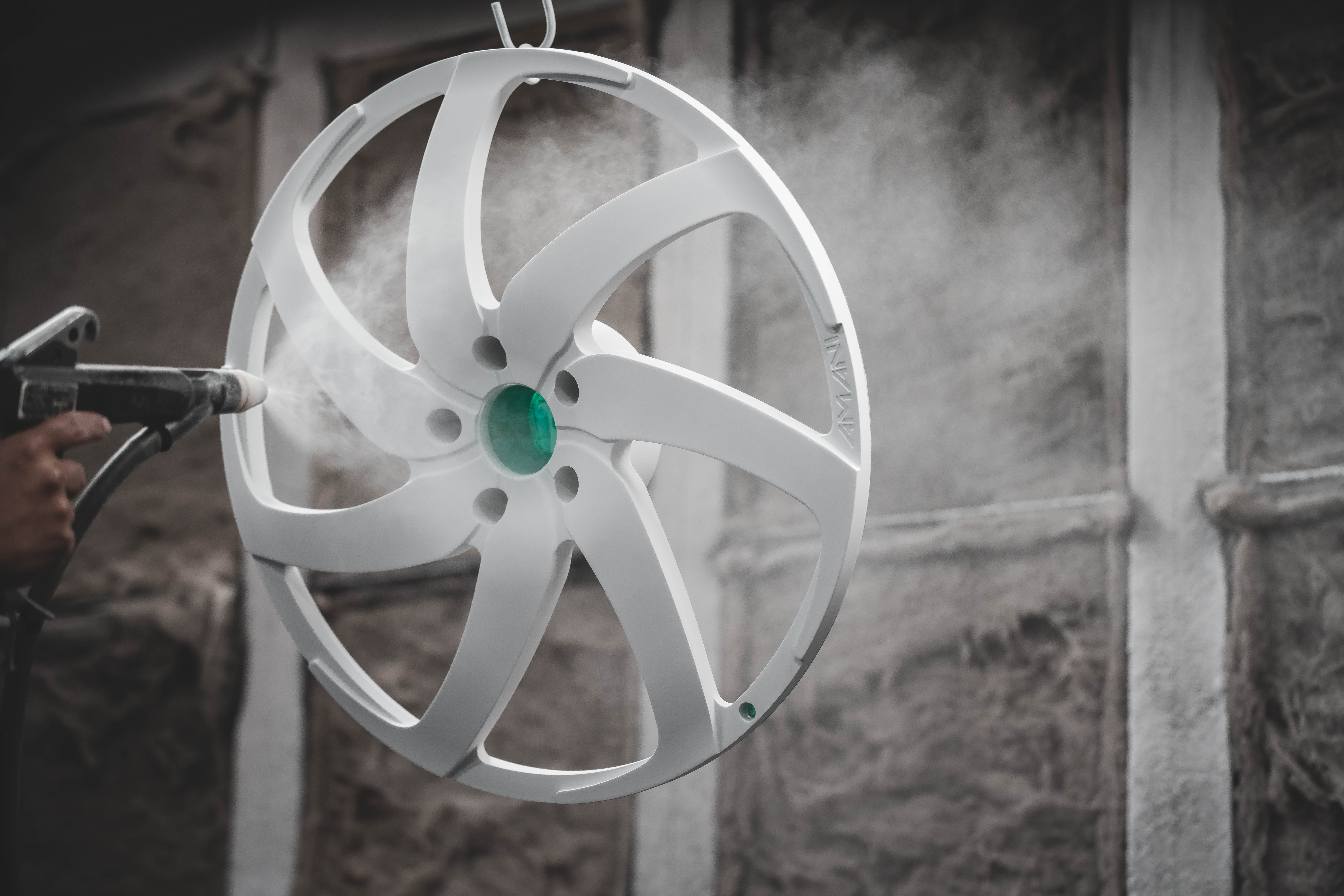
Comparing Safety Measures in Interior Powder Coating and Paint Application
Ensuring safety is of paramount importance in any industrial coating process. When it comes to interior powder coating and paint application, distinct safety measures are implemented to protect workers and enhance workplace security. While both methods offer unique advantages, it is crucial to understand their respective safety precautions to make informed decisions.
Safety Measures in Interior Powder Coating:
- Proper Ventilation: One of the primary safety considerations in powder coating is proper ventilation. This involves the use of exhaust systems, ventilation fans, and filtration equipment to control the release of harmful airborne particles. Adequate ventilation not only protects workers from inhaling over-sprayed powder, but it also prevents the accumulation of combustible dust, reducing the risk of fire hazards.
- Personal Protective Equipment (PPE): Another crucial safety aspect in interior powder coating is the use of appropriate personal protective equipment. This includes respirators or masks to protect against airborne particles, goggles or face shields to shield the eyes from overspray, gloves to prevent skin contact with coating materials, and protective clothing to minimize direct exposure to contaminants and possible static charges.
Safety Measures in Paint Application:
- Ventilation Systems: In traditional paint application, having a well-designed ventilation system is essential. The system should efficiently exhaust paint fumes and harmful volatile organic compounds (VOCs) out of the work area, minimizing health risks associated with inhalation and potential fire hazards due to the presence of flammable solvents.
- Respiratory Protection: A primary safety measure in paint application involves the utilization of proper respiratory protection. Workers must wear appropriate masks or respirators to shield against inhalation of hazardous fumes, such as those containing isocyanates or solvents. The selection and fit of respiratory protection should be in compliance with regulatory standards and should be regularly checked to ensure effectiveness.
By understanding and implementing these safety measures in both interior powder coating and paint application processes, workplaces can prioritize the well-being of their workforce while maintaining high-quality finishing results. It is essential to establish rigorous safety protocols, provide training, and regularly inspect and maintain equipment to ensure a safe and secure environment for all individuals involved in these coating operations.
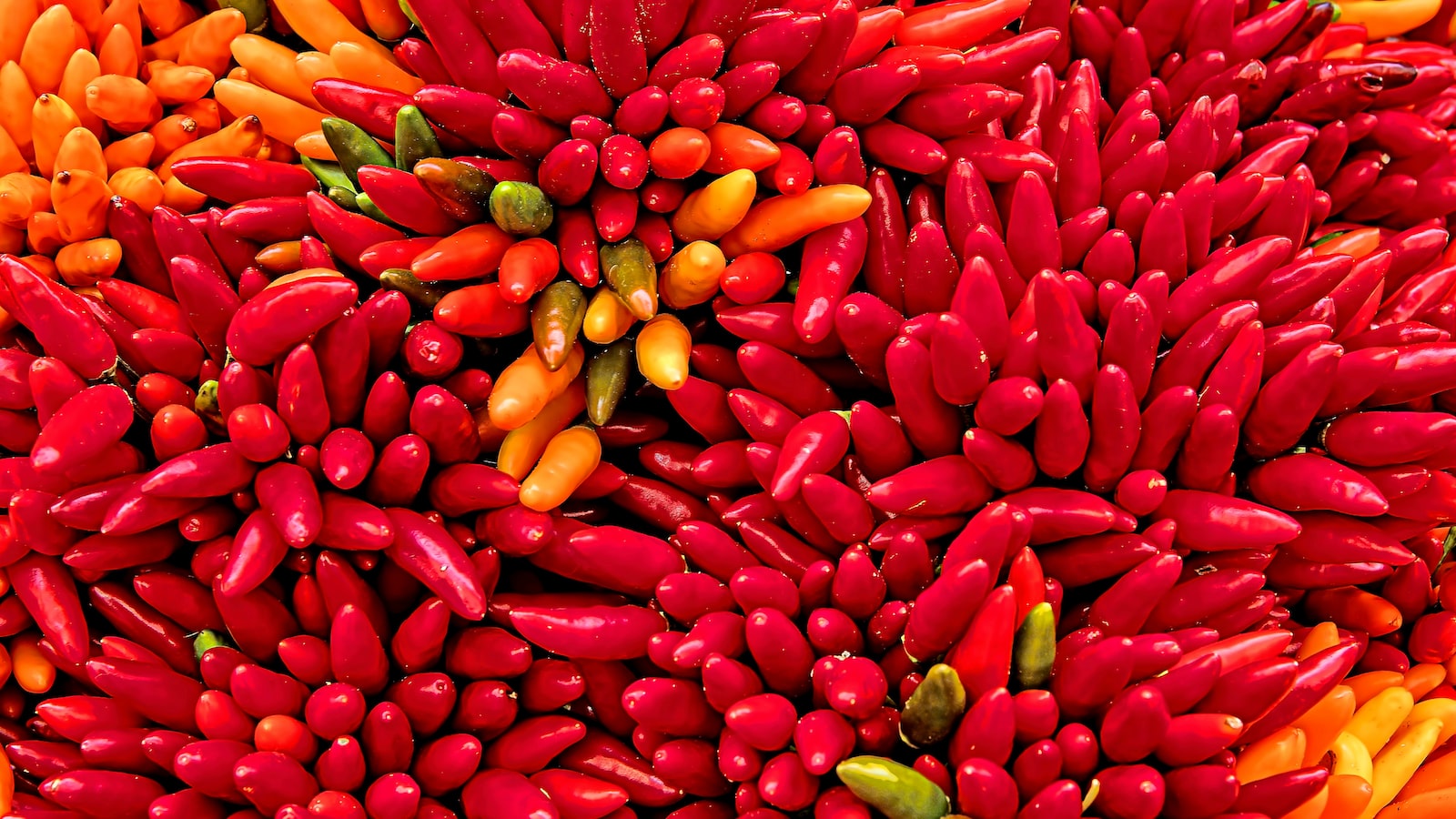
Insights into the Chemical Composition and Properties of Interior Powder Coating
When it comes to interior powder coating, understanding the chemical composition and properties is crucial for achieving optimal results in various applications. This versatile coating solution offers numerous advantages such as improved aesthetic appeal, durability, and cost-effectiveness. Let’s delve into the intricate chemistry and key properties that make interior powder coating an excellent choice for enhancing the appearance and extending the lifespan of various surfaces.
1. Chemical Composition: Interior powder coatings are typically composed of three main components:
- Polymer Resin: The backbone of the powder coating, responsible for adhesion and film formation.
- Pigments: Added to provide color, opacity, and UV resistance.
- Additives: Various substances incorporated to enhance specific properties like flow, levelling, and anticorrosion properties.
2. Key Properties: The properties of interior powder coatings contribute to their exceptional performance and popularity:
- Adhesion: Powder coatings adhere to a wide range of substrates, including metals, plastics, and wood, ensuring excellent bonding.
- Durability: The chemical composition imparts outstanding resistance to impact, abrasion, chemicals, and fading, resulting in long-lasting finishes.
- Uniformity: The electrostatic application process ensures even coating thickness, reducing the risk of sagging or dripping during curing.
- Ecological Advantages: Powder coating is an environmentally friendly option as it emits no volatile organic compounds (VOCs) during application and produces negligible waste.
Understanding the chemical composition and properties of interior powder coating not only allows for informed decision-making but also facilitates the customization of coating formulations to meet specific application requirements. With its ability to offer superior adhesion, durability, and environmentally conscious features, interior powder coating has become an integral part of modern surface enhancement technologies.
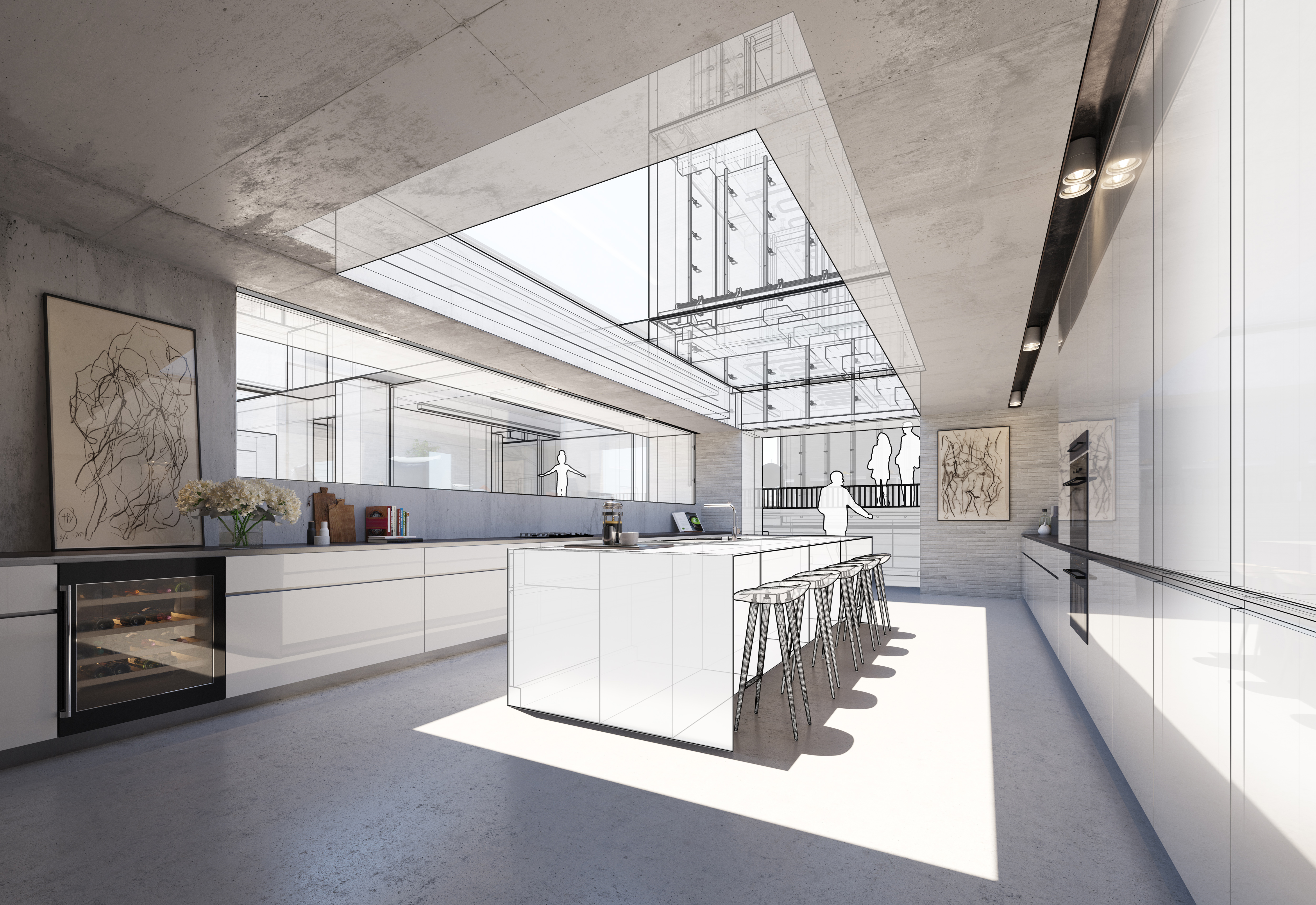
Recommendations for a Safer Interior Coating Option
When it comes to choosing an interior coating option that prioritizes safety, there are several factors to consider. Here are some recommendations that can help you make an informed decision:
- Low VOC content: Opt for an interior coating that has low volatile organic compound (VOC) content. VOCs are chemicals that can vaporize and negatively impact indoor air quality. By choosing a coating with reduced VOC levels, you can minimize potential health hazards.
- Water-based formulations: Consider coatings that are water-based instead of solvent-based. Water-based coatings have lower levels of harmful chemicals, making them a safer option for indoor applications. These coatings not only reduce the risk of respiratory problems but also decrease the release of toxic emissions into the environment.
- No heavy metal additives: Ensure that the interior coating you select does not contain heavy metal additives such as lead or mercury. Heavy metals are toxic substances and can pose severe health risks if ingested or inhaled. By avoiding these additives, you create a healthier environment for both occupants and the planet.
- Eco-friendly certifications: Look for interior coating options that carry eco-friendly certifications like Green Seal or LEED. These certifications indicate that the product has undergone rigorous testing to meet specific environmental standards. Choosing coatings with such certifications can help protect the environment while ensuring the safety of your interior spaces.
By following these recommendations, you can confidently select an interior coating option that not only provides excellent performance but also prioritizes the health and safety of occupants. Remember, the right coating choice not only enhances the aesthetics of your interior but also contributes positively to the overall sustainability and well-being of the space.
Q&A
Q: What is interior powder coating?
A: Interior powder coating refers to a specific method of applying a protective layer to the surfaces inside a building. It involves the electrostatic application of dry powder particles, which are then cured under heat to form a durable and smooth finish.
Q: How does interior powder coating differ from painting?
A: Unlike traditional paint, which is liquid-based, interior powder coating utilizes a dry powder substance. This powder is applied using an electrostatic charge, which ensures an even and efficient coating process. Once applied, the powder is heated, causing it to melt and form a solid, protective layer.
Q: Why is interior powder coating considered safer than paint?
A: Interior powder coating is considered safer than paint due to its composition and application process. Powder coatings typically contain fewer harmful volatile organic compounds (VOCs), which are known to contribute to air pollution and have detrimental health effects. Additionally, powder coating does not require the use of solvents or thinners, further reducing the emission of harmful substances during the application process.
Q: Are there any health benefits associated with interior powder coating?
A: Yes, interior powder coating offers several health benefits. As mentioned earlier, its lower VOC content minimizes the release of harmful pollutants into the environment. This aspect supports better indoor air quality, reducing the risk of respiratory problems, allergies, or other health issues frequently associated with VOC exposure. Additionally, as powder coating does not require solvents, it eliminates the associated health risks and unpleasant odor often found with paint.
Q: What are the advantages of choosing interior powder coating over traditional paint?
A: Interior powder coating offers several advantages over traditional paint. Firstly, it provides a more durable finish, with increased resistance to chipping, scratching, and fading. This makes it an excellent choice for high-traffic areas or surfaces exposed to frequent wear and tear. Additionally, powder coating has a faster curing time than traditional paint, which can significantly reduce the overall project duration. It also enables a more even and consistent finish, eliminating issues such as brush or roller marks commonly found with paint.
Q: Can interior powder coating be used on all interior surfaces?
A: Interior powder coating can be applied to various interior surfaces, including metal, wood, and certain plastics. However, it is essential to consult with a professional to assess the suitability of each surface and determine any necessary pre-treatment steps, such as sandblasting or chemical cleaning, to ensure proper adhesion of the powder coating.
Q: How long does interior powder coating typically last?
A: The lifespan of interior powder coating varies depending on factors such as the quality of the coating, environmental conditions, and the level of wear and tear. However, when applied correctly, it can last significantly longer than traditional paint, often showing minimal signs of deterioration for 10-20 years or more. Proper maintenance and cleaning play a crucial role in extending the lifespan of powder-coated surfaces.
To Conclude
In conclusion, it is evident that interior powder coating surpasses traditional paint in terms of safety and efficiency. Through a meticulous process of electrostatically applying fine particles to a surface, powder coating eliminates the health risks associated with paint’s harmful VOC emissions and solvents. Moreover, the curing process of powder coating ensures a sturdy and long-lasting finish that is resistant to scratches, chipping, and fading. Additionally, the absence of overspray minimizes waste and delivers cost-effective results. With its wide range of color options and exceptional durability, interior powder coating proves to be the superior choice for a safer and more sustainable solution in the world of interior design and decoration. By adopting this innovative technique, both professionals and homeowners can transform indoor spaces into stunning gems while prioritizing the well-being of inhabitants and the environment.
